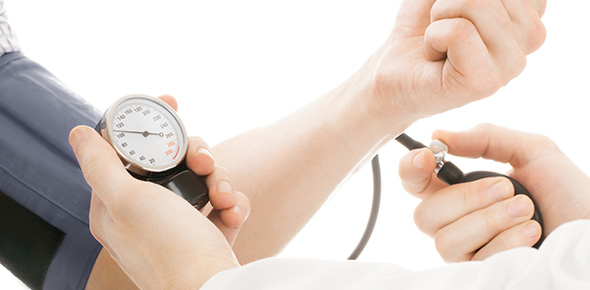What Do You Know About Hypertension Disease?
- JNC
- ACC/AHA
- WHO
2.
You may optionally provide this to label your report, leaderboard, or certificate.
Submit
×
Thank you for your feedback!
















